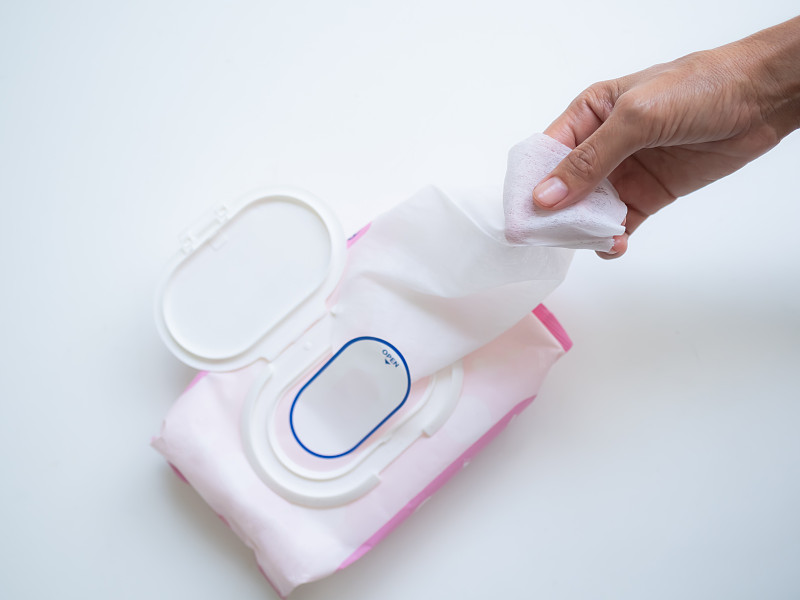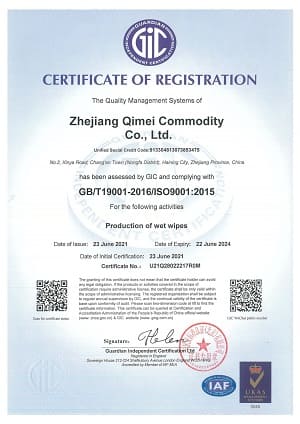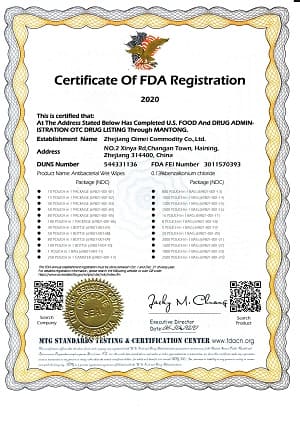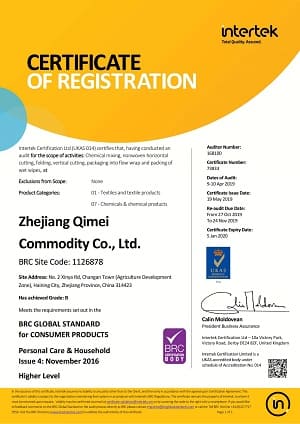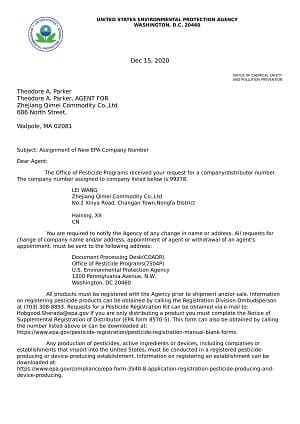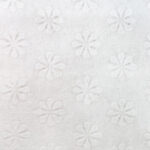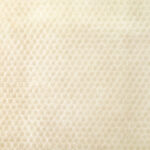Type de tissu tissé Spunlace : polyester, mélange de poly-viscose, fibre de bambou, pâte de bois (jetable dans les toilettes), coton ou fibre de soja (biodégradable)
Plat ou texturé (votre propre LOGO est disponible)
Grammage: 30-80gsm
1/10/30/80/100/120/160 pièces/paquet
La taille la plus courante des lingettes jetables est d'environ 5 à 6 pouces sur 7 à 8 pouces (13 à 15 cm sur 18 à 20 cm). Cette taille est pratique pour un usage unique et offre suffisamment de surface pour nettoyer et rafraîchir la zone génitale externe. . Cependant, certaines lingettes intimes peuvent être plus petites ou plus grandes que cette taille standard pour répondre aux préférences ou aux besoins spécifiques des consommateurs.
1. Sac refermable en plastique : Il s'agit du type d'emballage de lingettes humides le plus courant. Il est fait de plastique et possède une bande refermable sur le dessus pour garder les lingettes fraîches et humides.
2. Conteneur à couvercle rabattable : Ce type d'emballage consiste en un contenant en plastique avec un couvercle rabattable qui peut être ouvert et fermé pour accéder aux lingettes.
3. Emballage souple avec couvercle rabattable en plastique : Semblable au récipient à couvercle rabattable, cet emballage est livré dans un emballage souple et possède un couvercle rabattable en plastique pour un accès facile.
4. Distributeur pop-up : Ce type d'emballage est doté d'un mécanisme de distribution pop-up qui sort une lingette à la fois.
5. Pack de voyage : Un petit emballage conçu pour une utilisation en déplacement, il est souvent livré avec une fermeture à pression en plastique.
6. Emballage à usage unique : ces lingettes humides sont présentées dans de petits paquets scellés, pratiques pour les voyages ou les activités de plein air.
7. Sac de recharge : cet emballage de plus grande taille est conçu pour remplir d'autres contenants de lingettes humides et a généralement une ouverture refermable.
Les lingettes jetables sont généralement formulées à partir d'une combinaison d'eau, de fibres de cellulose et de divers additifs tels que des tensioactifs, des émulsifiants, des conservateurs et des parfums. Les fibres de cellulose utilisées dans les lingettes jetables proviennent généralement de pâte de bois, de coton ou d'autres fibres naturelles biodégradables et capables de se décomposer dans l'eau.
Pour garantir que les lingettes jetables peuvent être jetées en toute sécurité et n'endommagent pas les systèmes de plomberie et d'égouts, elles sont conçues pour se disperser et se décomposer rapidement lorsqu'elles entrent en contact avec l'eau. Ceci est réalisé grâce à l'utilisation de types spécifiques de fibres, ainsi qu'à l'inclusion de dispersants et d'autres additifs favorisant une désintégration rapide.
Directives INDA/EDANA en matière de jetables dans les toilettes : L'Association internationale des non-tissés et des produits jetables (INDA) et l'Association européenne des produits jetables et non-tissés (EDANA) ont élaboré des directives pour les produits jetables, y compris les lingettes. Les lignes directrices fournissent un ensemble de tests et de critères pour évaluer la possibilité de jeter les lingettes et garantir qu'elles se décomposent rapidement dans le réseau d'égouts.
ISO 22716 : Il s'agit d'une norme internationale pour la production, le contrôle, le stockage et l'expédition de produits cosmétiques, qui incluent les lingettes de soins personnels. Il couvre les bonnes pratiques de fabrication (BPF) pour la production, le contrôle, le stockage et l'expédition des produits cosmétiques.
NSF International Standard 350 : Il s'agit d'une norme pour les produits qui prétendent être jetables dans les toilettes, biodégradables et compostables. La norme fournit un cadre pour tester et certifier les produits qui répondent à des critères environnementaux spécifiques.
EPA Safer Choice : ce programme aide les consommateurs à identifier les produits qui sont plus sûrs pour l'environnement et la santé humaine. Les lingettes qui répondent aux critères de l'EPA Safer Choice doivent répondre à certaines normes environnementales et de santé humaine.
